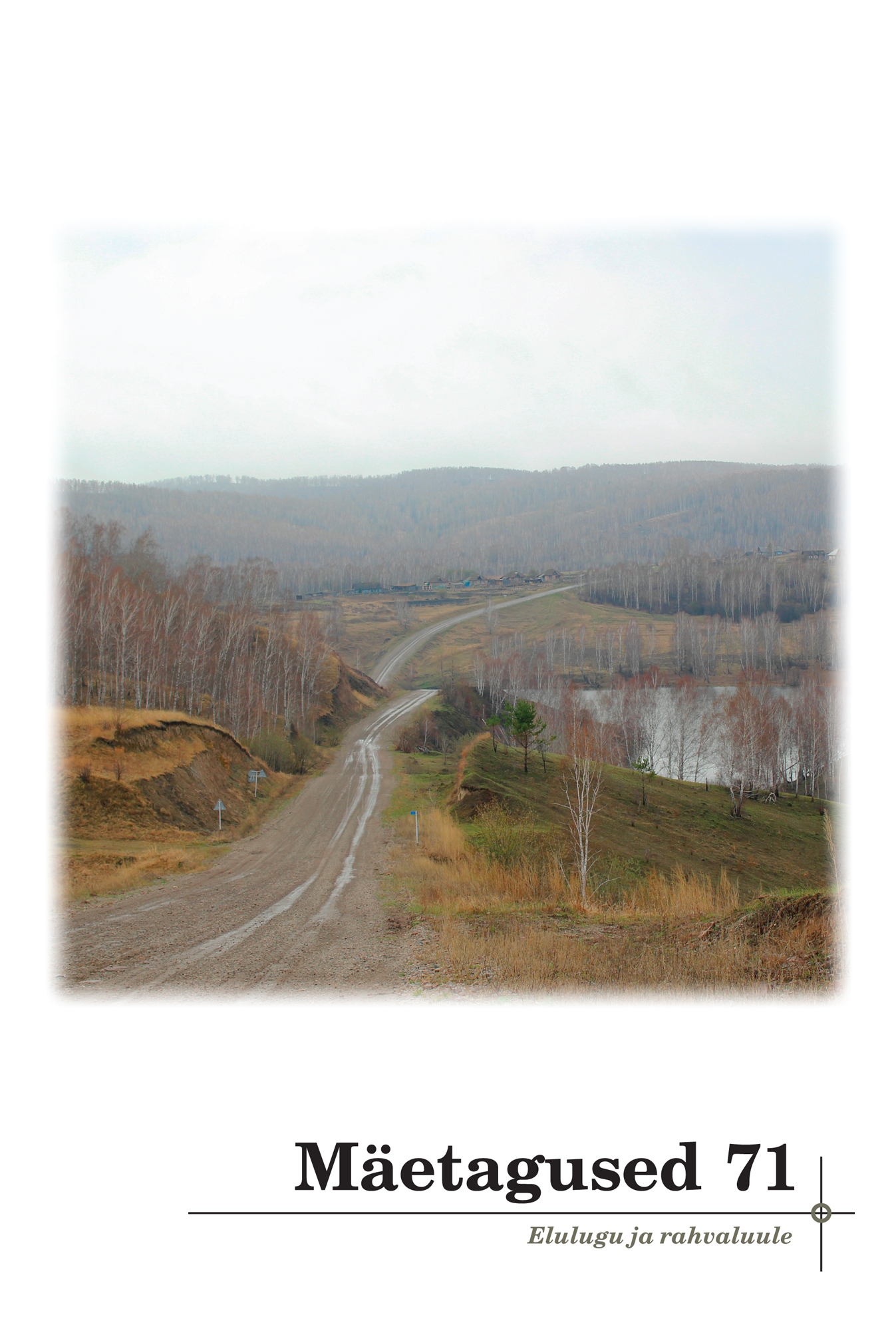Elulugu folkloristlikust vaatepunktist
Life story from the folkloristic point of view
Author(s): Tiiu JaagoSubject(s): Customs / Folklore, Cultural Anthropology / Ethnology, Culture and social structure
Published by: Eesti Kirjandusmuuseum
Keywords: folklore; history of Estonian folkloristics; life story; thematic narrative;
Summary/Abstract: Research of present-day life stories is multidisciplinary. At the same time, life story research is also disciplinary – the analysis of life stories supports, more or less, the specific features of one or another historically evolved discipline, developing it further. The Estonian folkloristic life story research is associated with literary science and history as well as ethnology. Folkloristics and literary science share a common interest in the narrative. However, they are different in how life narratives are related to other texts: while literary science relates life stories with writing genres, such as autobiography, life writing, memories, and biographical fiction, in folkloristics life story is connected with concepts like, for example, thematic narrative and personal experience story. In addition to coherent life story texts, folkloristics also studies stories that have been presented in different genres or as single episodes (for example, associating nightmares with everyday or historical events). Folkloristics is related to the ethnological research of life stories through shared interest in performance. However, while folklorists are primarily interested in how the narrating situation influences text creation, ethnologists are interested in the connection between the narrators’ and the public discourses. The article introduces the evolution of life story research over the 20th century, drawing on the example of Estonian folkloristics. It shows that first there was a deepening interest in narrating real-life characters and in the biographies of folk singers and story-tellers (starting in the 1920s–1930s). During the same period, researchers started to distinguish between stories according to whether the described experience was mediated or first-hand. In the former case, the main character in the story was another person, maybe unknown, but in the latter case, the story concerned an event in which the narrator (i.e. first-person character) was involved. Nevertheless, folklorists were more interested in the storyline than the first-person character’s point of view. The first studies in which the narrated plot and the first-person character’s experience were viewed as an integrated whole were published in the 1970s. The new approach did not employ earlier research methods (those based on the plot of the story) but, rather, broadened the ways and possibilities of folkloristic narrative research at the end of the 20th century and today.
Journal: Mäetagused. Hüperajakiri
- Issue Year: 2018
- Issue No: 71
- Page Range: 5-24
- Page Count: 20
- Language: Estonian

